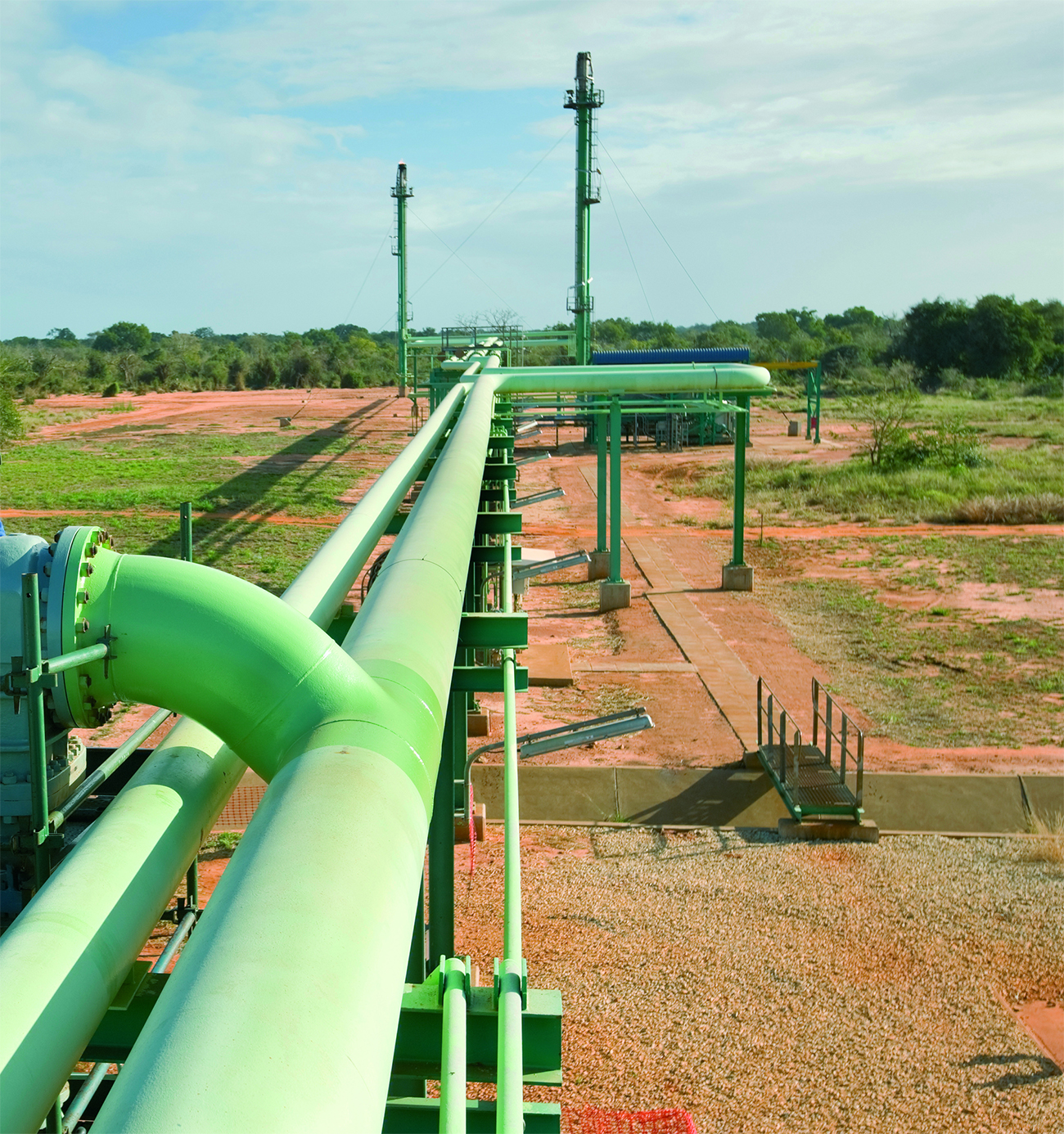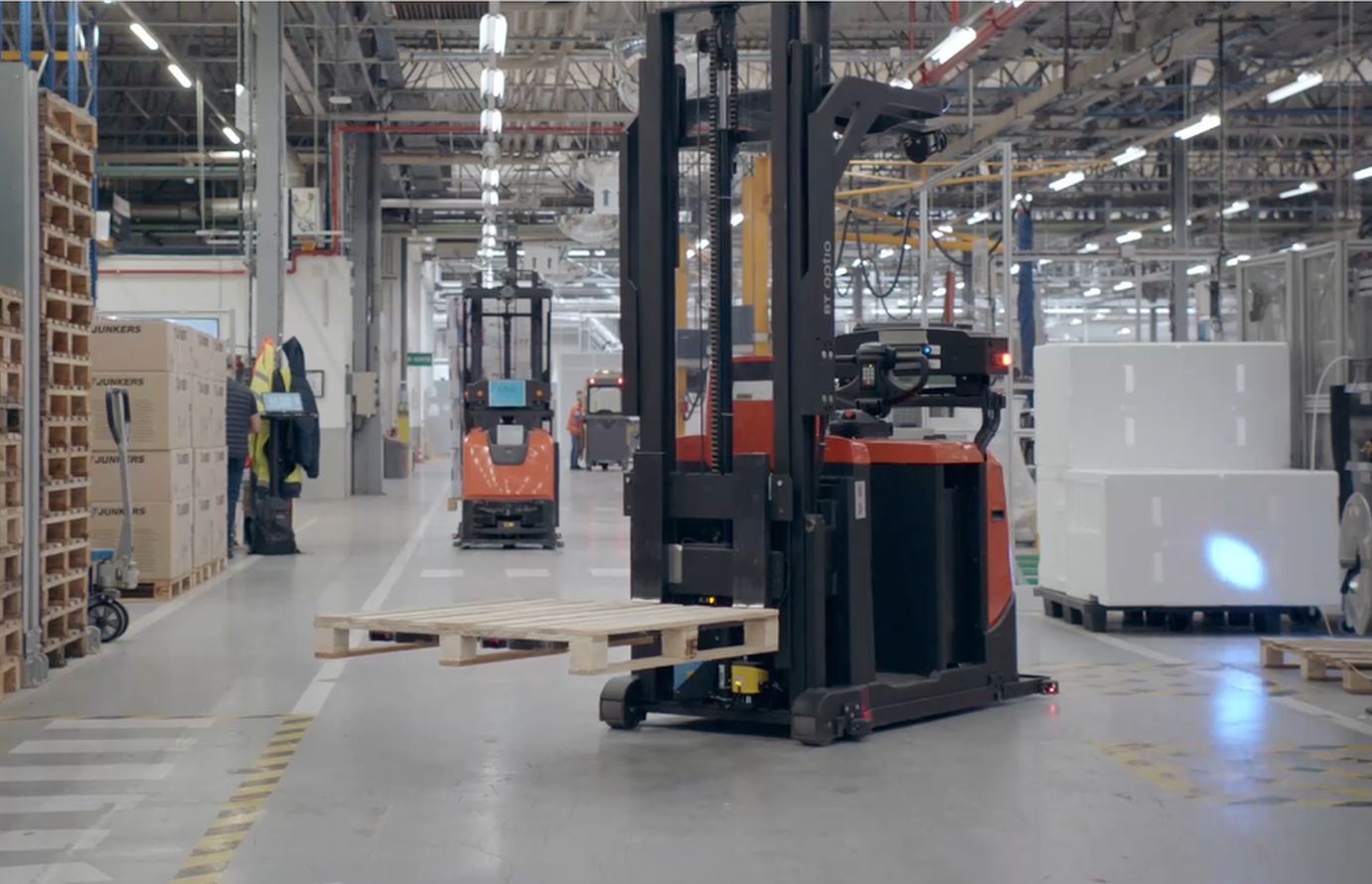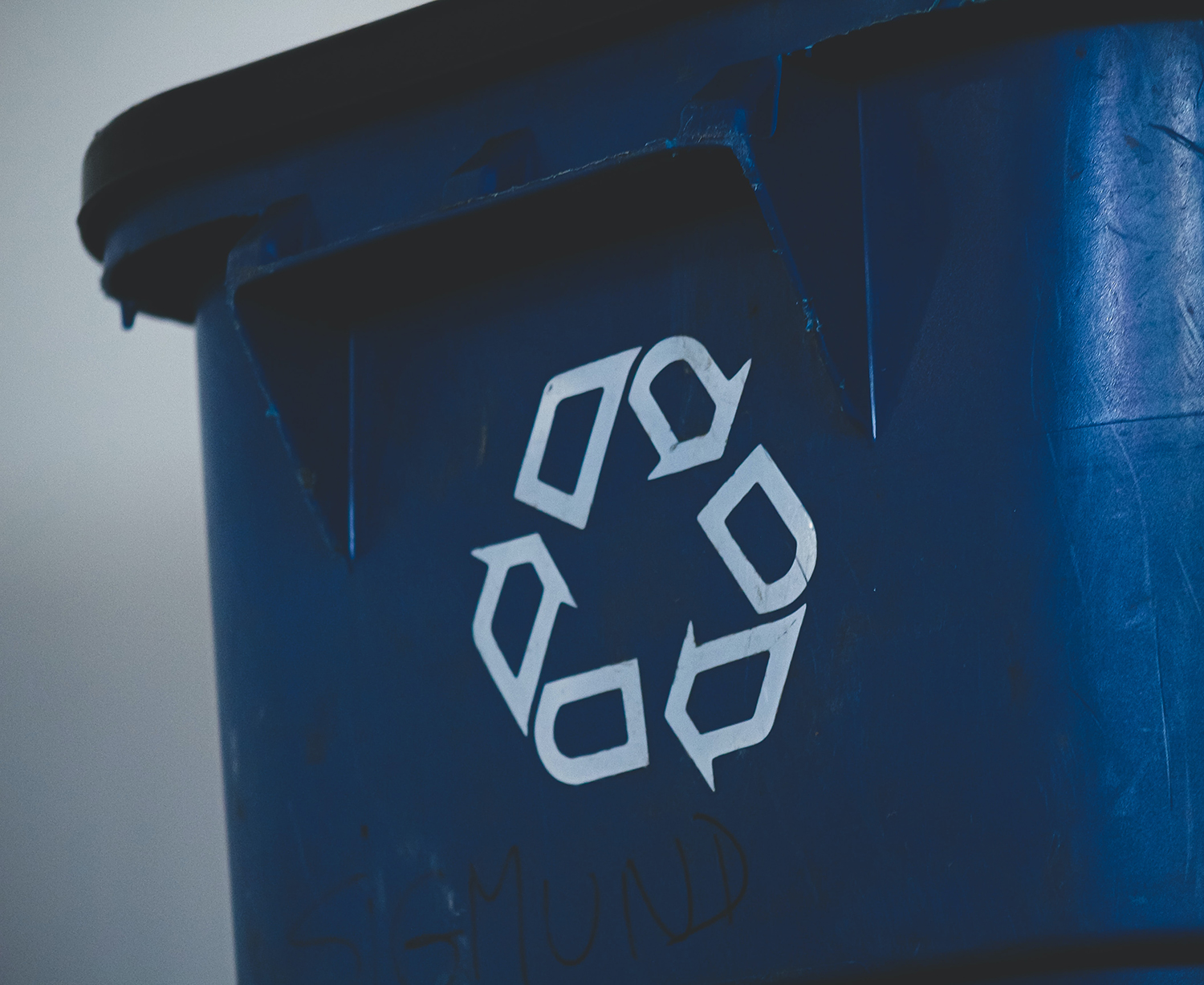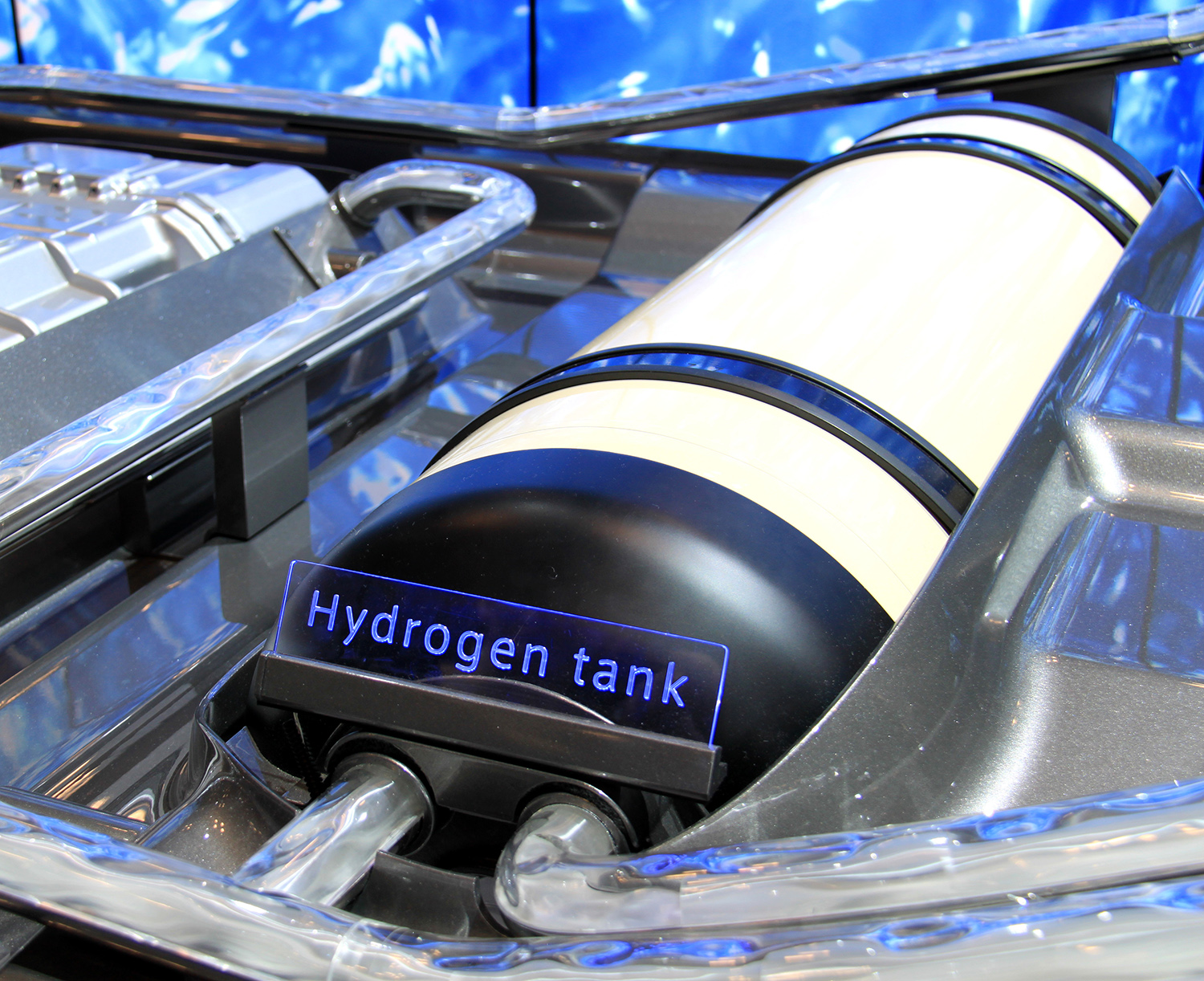Hydrogen: transport and storage difficulties
Does hydrogen hold the key to the great energy transition to come? France and other countries believe this to be the case, and have chosen to invest heavily in the sector. Such spending will be needed to solve the many issues raised by this energy carrier. One such issue is containers, since hydrogen tends to damage metallic materials. At Mines Saint-Étienne, Frédéric Christien and his teams are trying to answer these questions.
In early September, the French government announced a €7 billion plan to support the hydrogen sector through 2030. With this investment, France has joined a growing list of countries that are betting on this strategy: Japan, South Korea and the Netherlands, among others.
Nevertheless, harnessing this component poses major challenges across the supply chain. Researchers have long known that hydrogen can damage certain materials, starting with metals. “Over a century ago, scientists noticed that when metal is plunged into hydrochloric acid [from chlorine and hydrogen], not only is there a corrosive effect, but the material is embrittled,” explains Frédéric Christien, a researcher at Mines Saint-Étienne1. “This gave rise to numerous studies on the impact of hydrogen on materials. Today, there are standards for the use of metallic materials in the presence of hydrogen. However, new issues are constantly arising, since materials evolve on a regular basis.”
Recovering excess electricity produced but not consumed
For the last three years, the Mines Saint-Étienne researcher has been working on “power-to-gas” research. The goal of this new technology: recover excess electricity rather than losing it, by converting it to gaseous hydrogen through the process of water electrolysis.
Read more on I’MTech: What is hydrogen energy?
“Power-to-gas technology involves injecting the resulting hydrogen into the natural gas grid, in a small proportion, so that it can be used as fuel,” explains Frédéric Christien. For individuals, this does not change anything: they may continue to use their gas equipment as usual. But when it comes to transporting gas, such a change has significant repercussions. Hence the question posed to specialists about the durability of materials: what impact may hydrogen have on the steel that makes up the majority of the natural gas transmission network?
Localized deformation
In collaboration with CEA Grenoble (Atomic Energy Commission), the Mines Saint-Étienne researchers have spent three years working on a sample of pipe in order to study the effect of the gas on the material. It is a kind of steel used in the natural gas grid.
The researchers observed a damage mechanism, through the “localization of plastic deformation.” In concrete terms, they stretched the sample so as to replicate the mechanical stress that occurs in the field, due in particular to changes in pressure and temperature. Typically, such an operation results in lengthening the material in a diffuse and homogeneous way, up to a certain point. Here, however, under the effect of hydrogen, all the deformation is concentrated in one place, gradually embrittling the material in the same area, until it cracks. Under normal circumstances, a native oxide layer of the material prevents the hydrogen from penetrating inside the structure. But under the action of mechanical stress, the gas takes advantage of the crack to cause localized damage to the structure.
But it must be kept in mind that these findings correspond to laboratory tests. “We’re a long way from industrial situations, which remain complex,” says Frédéric Christien. “It’s obviously not the same scale. And, depending on where it’s located, the steel is not always the same – some have lining while others don’t and it’s the same thing for heat treatments.” Additional studies will therefore be needed to better understand the effect of hydrogen on the entire natural gas transport system.
The production conundrum
Academic research thus provides insights into the effects of hydrogen on metals under certain conditions. But can it go so far as to create a material that is completely insensitive to these effects? “At this point, finding such a dream material seems unrealistic,” says the Mines Saint-Étienne researcher. “But by tinkering with the microstructures or surface treatments, we can hope to significantly increase the durability of the metals used.”
While the hydrogen sector has big ambitions, it must first resolve a number of issues. Transport and storage safety is one such example, along with ongoing issues with optimizing production processes to make them more competitive. Without a robust and safe network, it will be difficult for hydrogen to emerge as the energy carrier of the future it hopes to be.
By Bastien Contreras.
1 Frédéric Christien is a researcher at the Georges Friedel Laboratory, a joint research unit between CNRS/Mines Saint-Étienne












Leave a Reply
Want to join the discussion?Feel free to contribute!